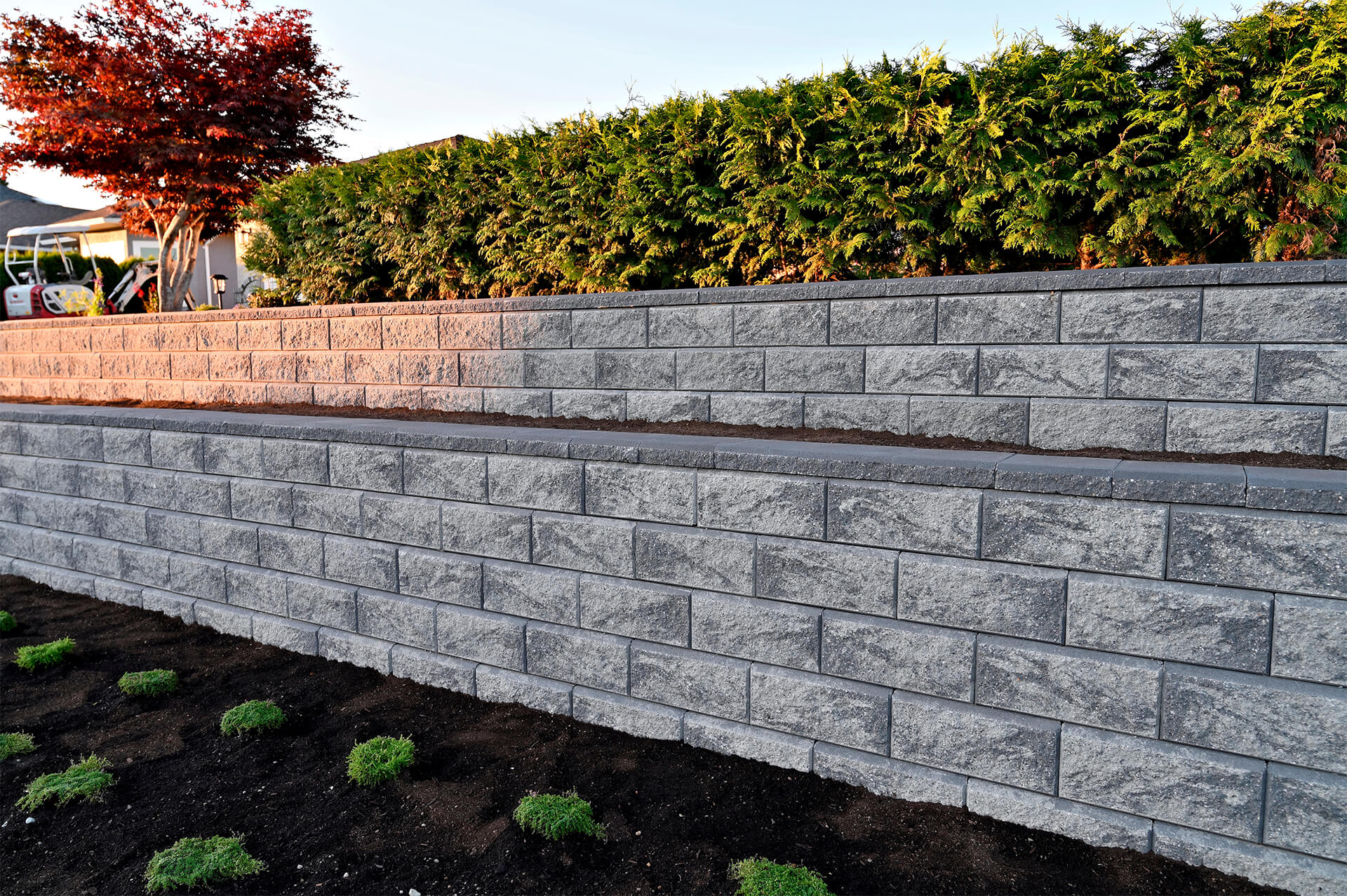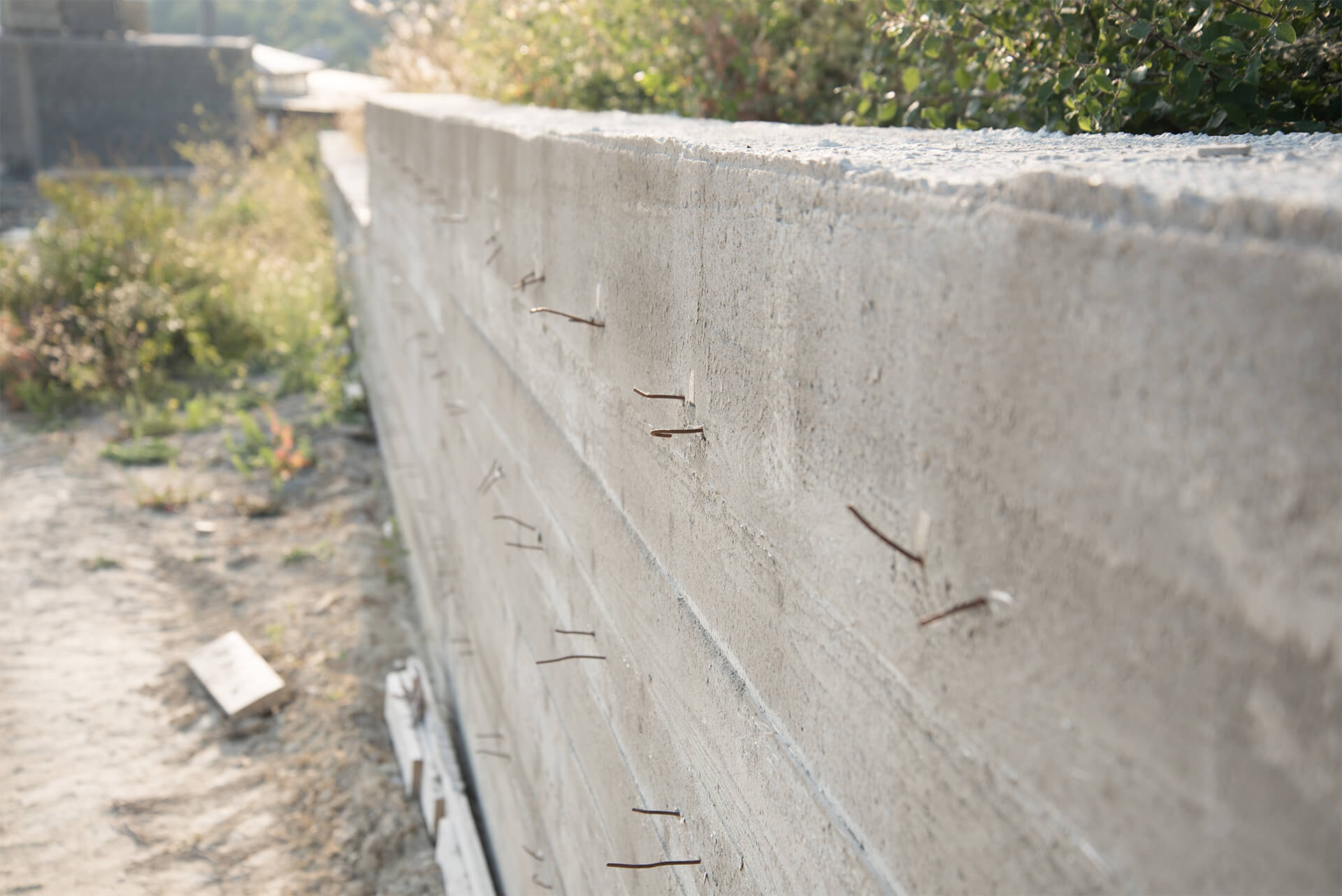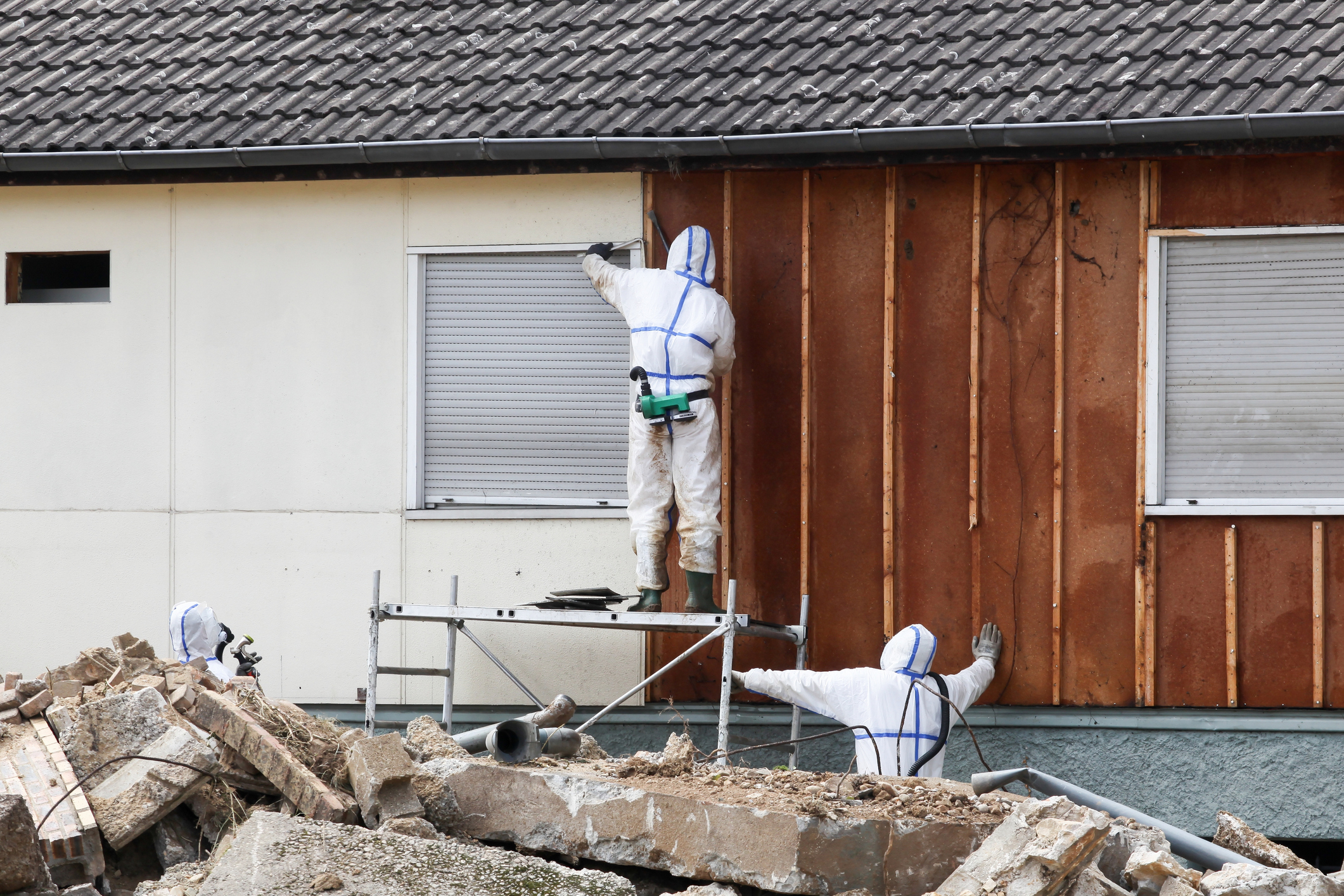ECS provides retaining wall design services to support your construction team and the longevity of your projects.
What Are Retaining Walls?
Retaining walls are structures designed to maintain the stability of a slope. You commonly see retaining walls surrounding sunken patios or supporting walkout basements. These structures are a must in any location where there is an abrupt change in ground elevation.
Without a retaining wall, the ground will experience downhill erosion. Depending on the direction of the hill, this erosion can lead to drainage or damage to your building. These walls are important for the longevity of your structure. Design services help you create a retaining wall that is effective for the slope and soil on your land.
Typically, retaining walls are made of stone, brick or concrete. A critical aspect of retaining wall design is a slight angle toward the slope. This angle creates lateral force that pushes back against the soil and prevents shifting. Much like larger walls and structures, retaining walls also need a foundation for stability.
Another key element of retaining walls is backfill. Dirt absorbs water and swells, which can create more pressure on the back of your retaining wall. To prevent this, retaining walls need a layer of sand or gravel behind them to prevent swelling and reduce pressure that could cause damage to the structure.
Designing a retaining wall also requires an understanding of drainage needs. Bricks or stones provide natural drainage with the spaces between each block, but solid concrete demands a different drainage method. Drainage tile is often the solution. These tiles carry groundwater away from your building to allow for safe drainage.
ECS provides retaining wall design services to support your construction team and the longevity of your projects.
What Are Retaining Walls?
Retaining walls are structures designed to maintain the stability of a slope. You commonly see retaining walls surrounding sunken patios or supporting walkout basements. These structures are a must in any location where there is an abrupt change in ground elevation.
Without a retaining wall, the ground will experience downhill erosion. Depending on the direction of the hill, this erosion can lead to drainage or damage to your building. These walls are important for the longevity of your structure. Design services help you create a retaining wall that is effective for the slope and soil on your land.
Typically, retaining walls are made of stone, brick or concrete. A critical aspect of retaining wall design is a slight angle toward the slope. This angle creates lateral force that pushes back against the soil and prevents shifting. Much like larger walls and structures, retaining walls also need a foundation for stability.
Another key element of retaining walls is backfill. Dirt absorbs water and swells, which can create more pressure on the back of your retaining wall. To prevent this, retaining walls need a layer of sand or gravel behind them to prevent swelling and reduce pressure that could cause damage to the structure.
Designing a retaining wall also requires an understanding of drainage needs. Bricks or stones provide natural drainage with the spaces between each block, but solid concrete demands a different drainage method. Drainage tile is often the solution. These tiles carry groundwater away from your building to allow for safe drainage.



